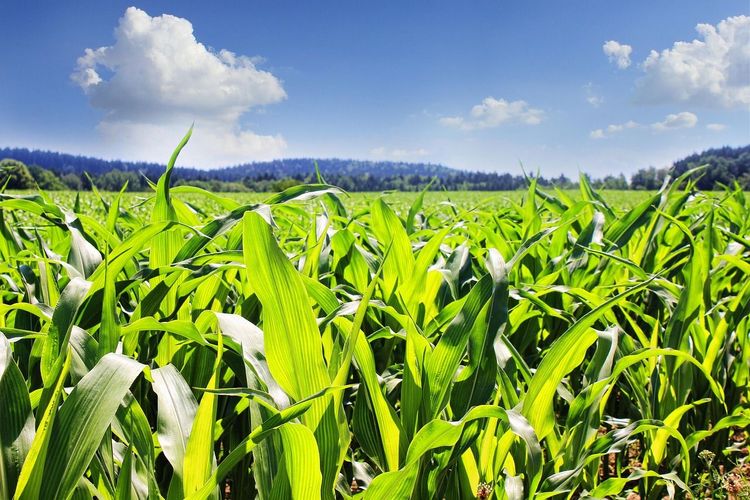Averting Humanitarian Crisis in East Africa
Gro’s Locust Impact Tool Kit models the impact of the locust infestation in East Africa and potentially the Middle East and Asia-Pacific. It is intended to focus locust containment efforts and align disaster response. These models are free for anyone to access.
Given the limited pest control resources available, these tools will enable NGOs, governments, and companies to have an up-to-date understanding of where locust swarms are, and where they are having the most impact. This information will be vital in directing containment efforts. Containment is key to avoiding widespread food shortages in East Africa.
The Tool Kit consists of:
- A Locust Impact Model that shows where locusts are present and could potentially cause damage to crops. Watching this model closely will provide guidance on where to most effectively apply pesticides over the next 4-6 weeks to contain the locust swarms. The estimate for total area impacted is updated every 8 days.
- East Africa Cereal Yield Models, which forecast the yields of the five major staple crops in Ethiopia and Kenya, will become increasingly important as the growing season progresses. The major staple crops are corn, wheat, sorghum, millet, and barley. Monitoring the growth and harvest of these crops will be important later in the season to see what impact the locusts have had on harvests and consequently where shortfalls in the food supply are likely. The forecasts are generated on a district level and updated daily.
How to Read the Locust Impact Model
The maps below show where NDVI, an index based on satellite data that provides a measure of plant greenness and vegetation health, is lower than it should be this time of year. The darker the area, the lower NDVI is than expected. Lower-than-expected NDVI indicates that locusts have impacted vegetation in that area. Both the total area impacted and severity of the impact increased dramatically between February 1 and March 28.

To contain the locust impact and spread, it’s particularly important to pay attention to areas that have recently transitioned from desert to vegetation. In other words, pesticide application should be focused on areas where planting is about to begin as locusts would be attracted to crop seedlings. Pesticides should be spread for crops that are entering or in their planting period to minimize locust impact.
As seen in the crop calendars below, the main planting season in Kenya has started for barley, corn, millet, and sorghum. Wheat planting will begin in May. In Ethiopia, corn and sorghum have started to be planted. Soon, barley, millet, and wheat will also be put into the ground.
If efforts to contain and combat locusts are successful and no major weather anomalies occur, we should see vegetation health, as indicated by NDVI, return to normal, meaning that the dark areas in the maps above will become lighter. Proactive application of pesticides—i.e., spraying areas that are threatened by locusts before the locusts actually arrive—especially over the next 4-6 weeks, is the most effective step we can take to combat this problem.
You can see the latest results of the model in the Gro Platform here.



 Blog
BlogGain Actionable Insight Into Climate Impacts With The Gro Climate Ensemble
 Blog
BlogSouth America: Growing Season Snapshot
 Blog
BlogGro’s 2023 Performance Report Shows Accurate Prediction Months in Advance of Final Reporting
 Blog
Blog

 Search
Search